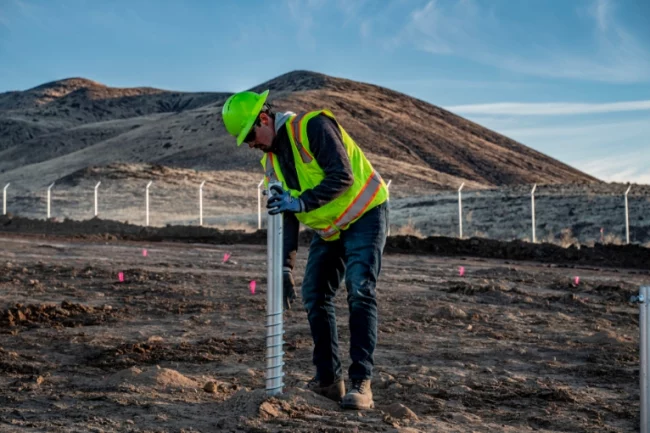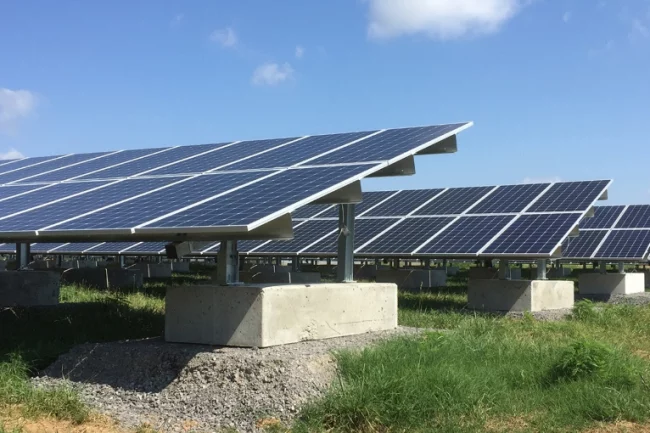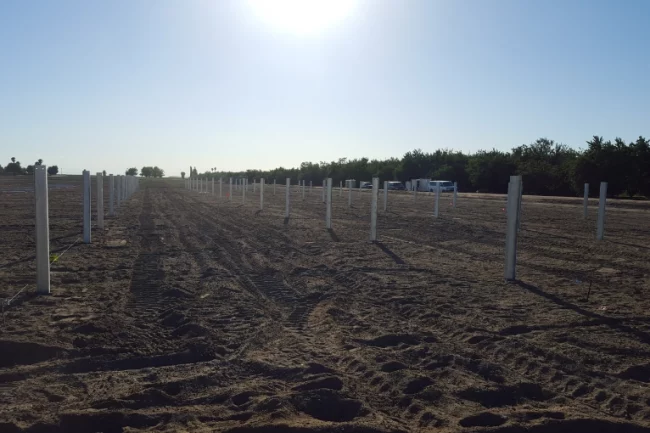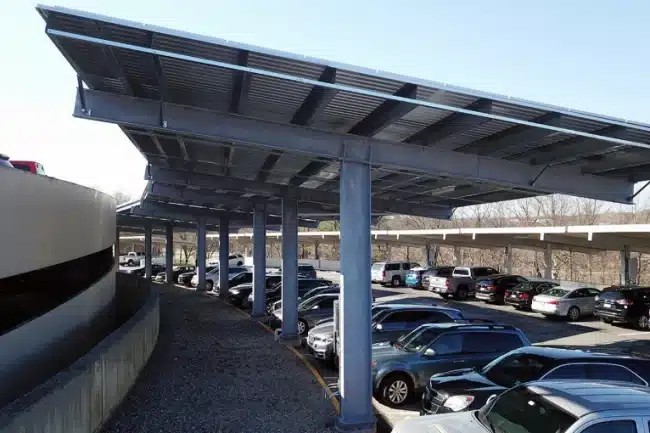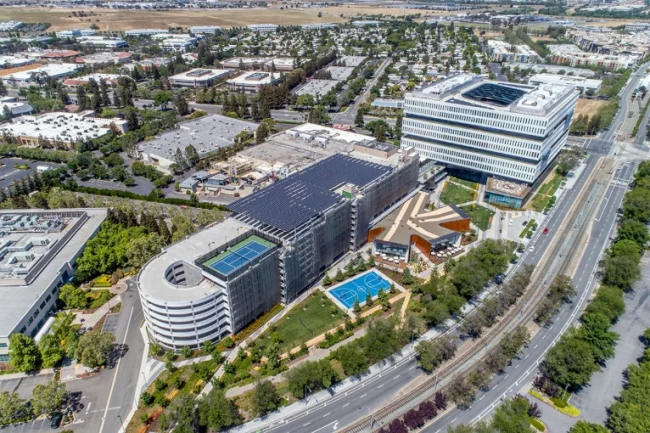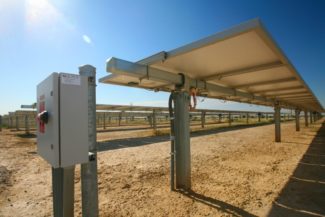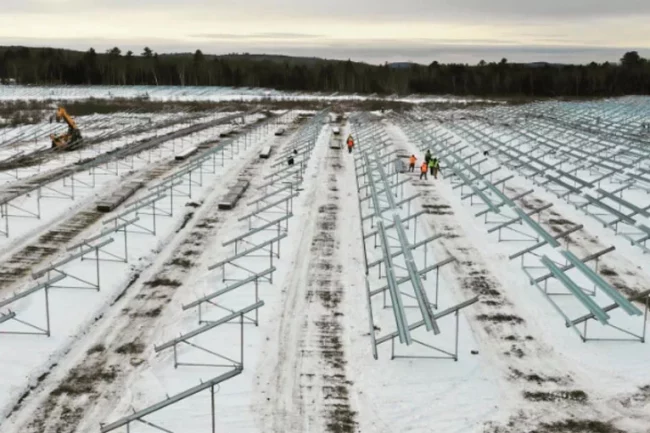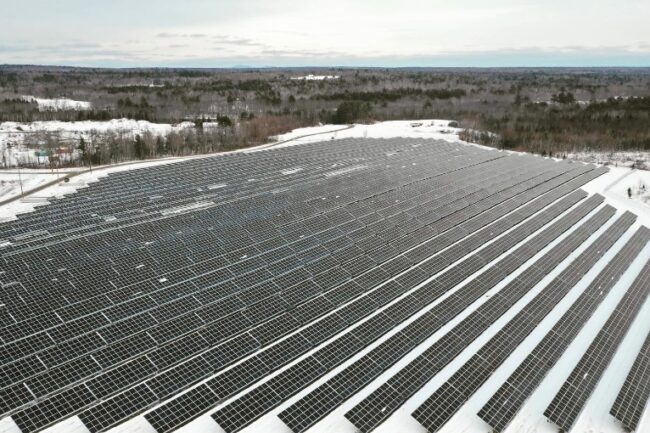We are market leaders across the board. We have an experienced and diverse engineering team with a deep understanding in solar and a variety of other industries.
Christopher Oestreich
By Andrea Oliver, Senior Product Marketing Manager – Terrasmart
I have a unique opportunity to work across the Terrasmart organization with deeply knowledgeable and experienced colleagues from product development and engineering to sales and marketing. Recently, I had the pleasure of sitting down with Christopher Oestreich, our new VP of engineering, to explore his perspective on the unique ways Terrasmart addresses market needs. Here are some highlights from this conversation.
Q. What prompted you to join Terrasmart?
I moved my entire family across the country to join Terrasmart because I truly believe in its leadership team. I particularly admire Terrasmart’s approach of bringing together the different legacy businesses, its broad product portfolio, and variety of market solutions. All of this has created a home for unique capabilities under one unified brand. I have known RBI Solar and Solar BOS for a long time, so seeing these businesses unite their strengths under one roof inspired me to join the team.
Of course, uniting different firms under one umbrella requires much more than creating a new, cohesive brand. To create a successful union, you must integrate different internal systems, processes, product lines, and target markets, which means it is both an evolution and an opportunity. And that takes time.
There are a lot of things coming together and I’m excited to help drive the organization’s improvement and success. I’m focusing my experience on bringing together engineering with manufacturing, driving supply chain improvements, supporting sales, and understanding the whole business. I’m inspired by the leadership team and completely aligned with their vision moving forward.
Q. What trends are you seeing in the solar industry right now and how do these relate to Terrasmart?
In ground-mount solar, we’re seeing an ongoing move toward single-axis trackers, specifically in the utility space. I see Terrasmart putting a lot of its effort here.
System sizes are getting larger. Project location and site characteristics are also shifting. We’re seeing an increasing number of projects that aren’t just on flat, perfect sites. As securing land becomes more competitive, developers are evaluating hilly, rugged terrain. They’re looking to push the boundaries of what is possible and Terrasmart is right there with them with our uniquely versatile racking and foundation portfolio.
Our broad product offering addresses terrain and soil challenges and our ancillary software solutions help developers optimize land yield across these increasingly thorny challenges. This is where Terrasmart delivers its exceptional value.
Q. What are your key initiatives for the engineering team and how do you see those benefiting our customers?
We have a few key initiatives from a product development perspective. First, we have a consolidated focus on our 2P tracker — TerraTrak. We’re also focused on integrating our eBOS products into our racking portfolio; there is a huge opportunity here both for us and for our customers.
From a cost and manufacturing standpoint, we are continuously improving our product roadmap to drive economies and align our resources with our goals. This area sets us apart from our competitors. Because of our in-house manufacturing and supply chain integration, we can do more value-engineering at the system level; we also leverage this to remove supply risks for our customers. These synergies are a perfect example of how we make 1 plus 1 equal 3.
And, of course, we are focused on delivering what our customers want. We are collaborating closely with sales to understand customer goals to align them with our internal engineering processes and resources, ensuring that our resources support customer-facing projects.
We seek to continuously lower LCOE through efficiently designed systems that lower installation costs and maximize yield on-site.
Q. How do you see ground mount racking, canopy, and eBOS engineering working together? How does this translate into value for the industry?
Because Terrasmart has a diverse product line, we have a unique opportunity for synergies.
For example, our engineering and product development teams have the opportunity to work towards integrating our eBOS electrical and mechanical solutions with our tracker controls. This offers a significant opportunity for system O&M benefits. Integrating eBOS also provides a unique opportunity to increase the installation’s efficiency. Lastly, eBOS integration in our canopy systems delivers better aesthetics for end-users and streamlines wire management.
Again, it’s about aligning our product and our future roadmap to meet the needs of customers and to deliver a better experience.
Q. Where do you see Terrasmart in five years?
I see us being a major player in the large-scale tracker space and an innovation leader in optimizing for wind, extreme conditions, and terrain challenges. These are Terrasmart’s unique strengths, and I believe they will become increasingly important.
Q. What sets Terrasmart apart from its competitors?
We are market leaders across the board. We have an experienced and diverse engineering team with a deep understanding in solar and a variety of other industries. The synergy between our four legacy businesses adds diversity to our market approaches, strengths, and knowledge. We’ve revealed only the tip of the iceberg in our ability to integrate eBOS engineering with our racking product development.
Our engineering team is best-in-class in the world with many decades of combined experience. We are deeply engaged with a number of technical organizations including UL, CSA, Intertek, and SEIA. We understand all components across the mechanical and structural mounting value chain, and we take this industry knowledge into the development process. Our wind analysis expertise, ground screw and pile foundation flexibility, racking efficiency, and in-house installation capabilities all help us drive positive change and build systems that will last 30 to 40 years.
Because we own the value chain from top to bottom, we can offer better systems and stronger customer service.

